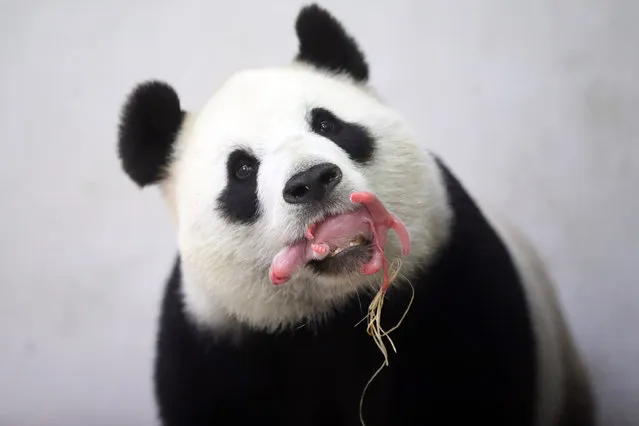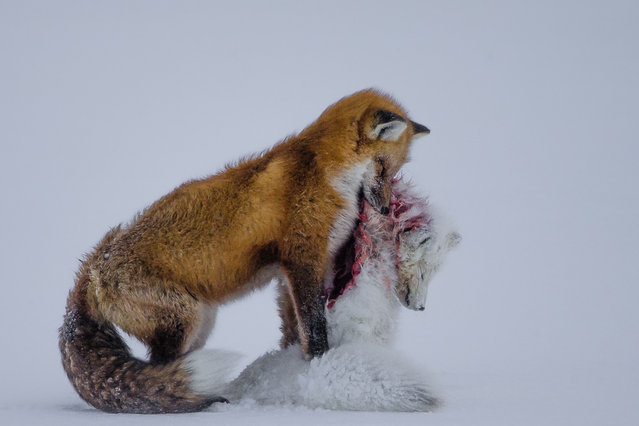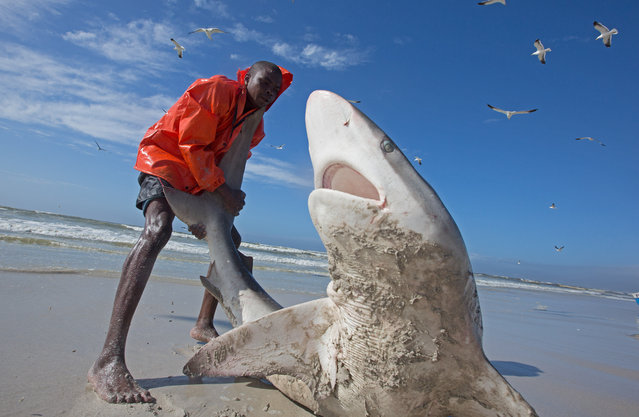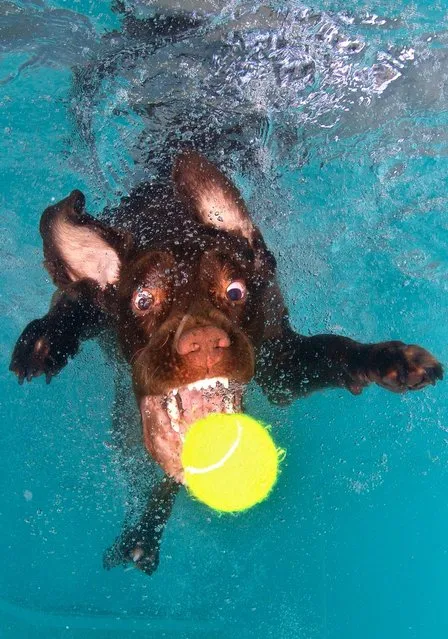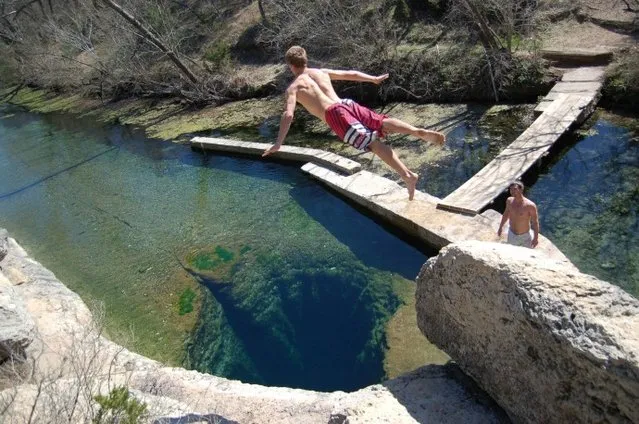
England’s Natasha Hunt pours champagne into the mouth of Zoe Aldcroft as she holds the trophy after England beat Canada 33-13 in the Women’s Rugby World Cup final at Twickenham in London on September 27, 2025. England became world champions on Saturday in front of 81,885 spectators at Twickenham’s Allianz Stadium, while overall 444,465 tickets were sold during the tournament. (Photo by Garry Bowden/ProSport/Rex Features/Shutterstock)
09 Oct 2025 04:12:00,post received
0 comments


